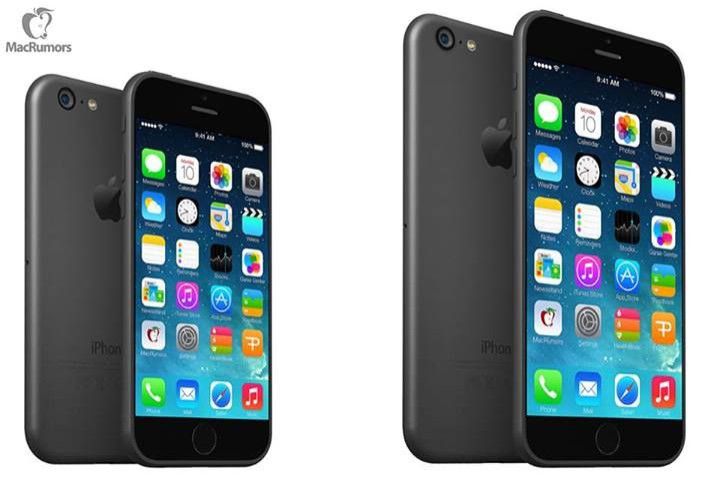Apple iPhone 6 Release Date Coming: Production Begins In July For 4.7-inch Version, 5.5-inch Version Late 2014

The iPhone 6 is just months away from production, according to a new report from Japanese website EMSOne that cites Taiwan’s Industrial and Commercial Times. The 4.7-inch display version will begin mass production in July, the website reported, but the larger 5.5-inch version won’t begin production until September.
The report goes on to say that both versions of the next-generation iPhone will hit stores in the fourth quarter of 2014. Considering a three-month production time for the smaller and the larger iPhone 6 sizes, that puts a release for the 4.7-inch version, most likely just called the iPhone 6, in September, which is in line with the last three launch dates for Apple’s smartphone, while the 5.5-inch version, possibly called the iPhone 6xl, will be released in time for the holidays, hitting stores around late November.
A recent report from Reuters claimed that Apple will begin production of the smaller display for the next iPhone in May, but the larger 5.5-inch display was facing difficulties during production and will be delayed until late 2014. The larger version of the iPhone 6 will be the first move away from a standard size for the iPhone, set by the original iPhone launched in the summer of 2007.

Recently, potentially leaked schematics have given iPhone devotees a look at the possible new design. Renderings done by Macrumors and Ferry Passchier show a device that has rounded edges, is wafer-thin, and has a bezel-free design. However, these same images show a matte back, which is out of sync with the higher-end design notes of the iPhone 5/5s, both which have an aluminum back.
Additionally, the renderings do not possess a protruding camera, which several other rumors have suggested, nor as supposed leaked images of a Foxconn-made prototype iPhone 6 showed. Apple was recently awarded a patent for a bayonet-style lens attachment for the iPhone. A protruding camera module would accommodate this feature.
© Copyright IBTimes 2025. All rights reserved.





















